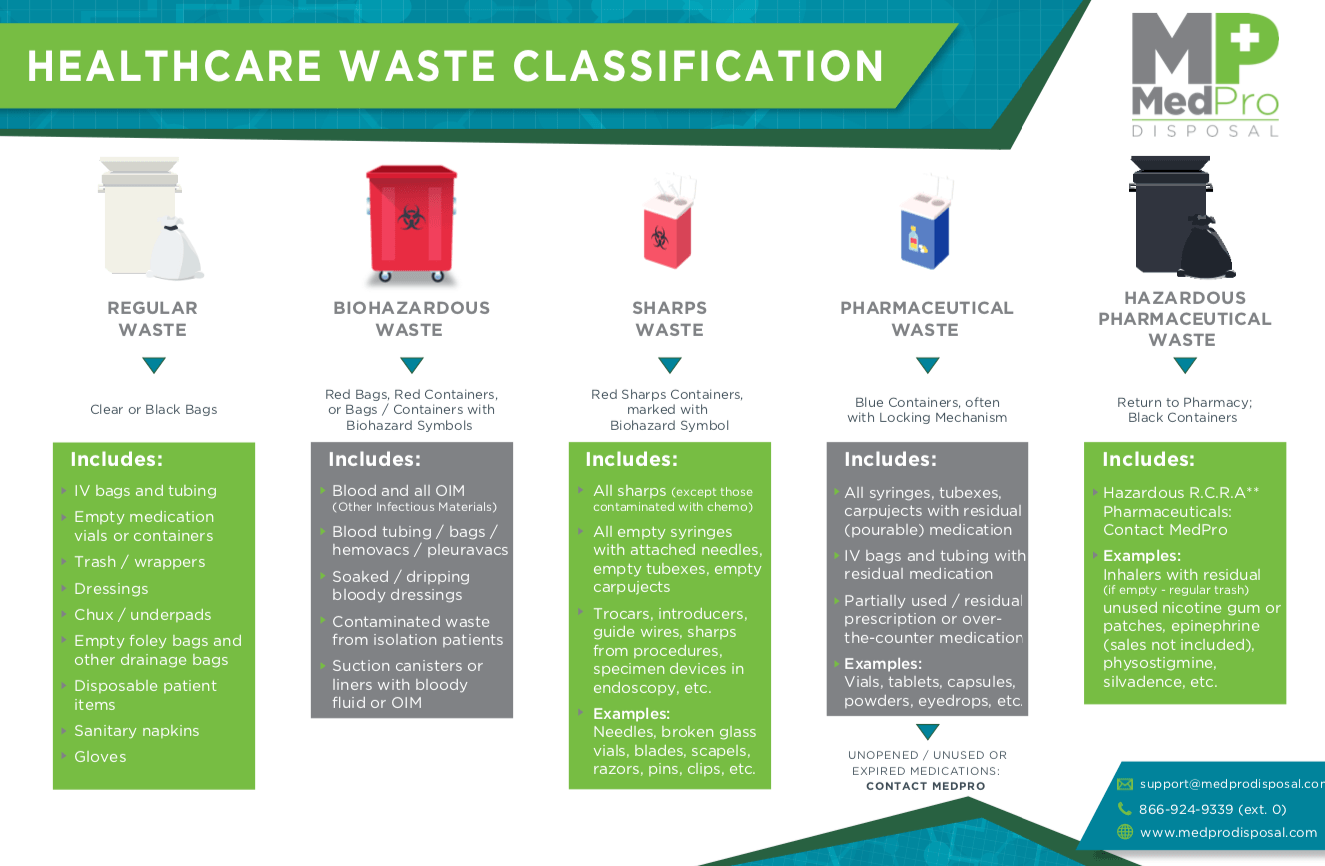Browsing Safety And Security: The Important Guide to Medical Waste Disposal Finest Practices
Browsing Safety And Security: The Important Guide to Medical Waste Disposal Finest Practices
Blog Article
Understanding the Different Sorts Of Garbage Disposal Strategies
In the world of waste management, the range of disposal methods readily available today is substantial and varied, each method serving an unique function in attending to the obstacle of garbage disposal. click here. From reusing methods that aim to provide brand-new life to products, to the intricate processes of dangerous waste administration, the landscape of garbage disposal is intricate yet crucial for environmental sustainability. Comprehending the subtleties of these various strategies not just clarifies the importance of responsible waste management but likewise triggers us to reconsider our technique in the direction of garbage disposal in a quickly progressing globe

Recycling Techniques
Recycling methods are critical for sustainable waste management techniques in both commercial and domestic setups. medical waste removal near me. By executing reliable recycling methods, a substantial quantity of waste can be drawn away from landfills, saving natural resources and minimizing the environmental impact of manufacturing procedures
In houses, curbside recycling programs play a crucial role in motivating households to separate recyclable products from general waste. Materials such as paper, plastics, glass, and metals can be arranged and collected for processing right into new products, lowering the need for basic materials and energy-intensive manufacturing processes.
Industrial centers additionally rely upon reusing methods to reduce waste generation and advertise a circular economic climate. By applying closed-loop systems, businesses can reuse products within their manufacturing processes, decreasing prices and ecological footprint. medical waste removal near me. Additionally, industrial recycling programs typically entail partnerships with specialized recycling facilities to make sure that products are effectively sorted, processed, and reintegrated into the supply chain
Composting Methods

Aerated fixed stack composting involves blending organic waste products in a big pile and regularly transforming it to ensure correct aeration. This approach is effective for large-scale composting procedures. On the other hand, vermicomposting makes use of earthworms to break down raw material right into nutrient-rich castings. This method is well-suited for smaller-scale procedures and homes.
In-vessel composting involves putting natural waste in a closed container with regulated problems for temperature and oygenation. This approach is efficient for taking care of food waste in urban areas. Windrow composting includes developing long rows of natural waste and routinely transforming them to advertise decomposition. This technique is frequently made use of in agricultural settings.
Garbage Dump Disposal
Garbage dump disposal is a typically utilized method for managing waste that can not be reused or composted. Methane gas, a by-product of disintegrating organic waste in landfills, is usually gathered and made use of as a resource of eco-friendly power. Initiatives to minimize reliance on land fills include promoting waste decrease, reusing, and discovering alternate waste disposal techniques to minimize the ecological footprint connected with conventional garbage dump disposal practices.

Waste-to-Energy Incineration
Incineration of waste for power generation is an approach progressively being taken into consideration as an alternative to standard land fill disposal techniques. Waste-to-energy incineration includes the burning of waste materials at heats, commonly in specialized facilities developed to produce power or heat with the procedure - click here. This strategy not only minimizes the quantity of waste that would otherwise be predestined for land fills but likewise uses the heat created throughout incineration to develop energy
One of the click here to find out more crucial benefits of waste-to-energy incineration is its ability to produce electrical energy while minimizing the environmental effect contrasted to standard land fill disposal methods. By converting waste into energy, this technique aids in lowering greenhouse gas emissions and reliance on nonrenewable fuel sources for power generation. In addition, waste-to-energy centers are equipped with advanced air pollution control innovations to reduce prospective ecological contaminants launched throughout the burning process.
Hazardous Waste Administration

Considering the critical importance of liable waste monitoring methods, especially in the realm of ecological sustainability, the emphasis now shifts in the direction of the detailed domain name of Hazardous Waste Management. Unsafe waste postures considerable risks to both human health and the setting, requiring specialized handling and disposal strategies. Typical examples of contaminated materials consist of chemicals, batteries, pesticides, and digital waste.
Contaminated materials Management entails the recognition, collection, transportation, therapy, and disposal of materials regarded dangerous or potentially unsafe. This process calls for adherence to stringent regulations and standards to mitigate negative impacts on ecological communities and public health. Numerous methods are used in taking care of contaminated materials, including recycling, safe and secure landfills, encapsulation, and chemical therapy.
Appropriate Unsafe Waste Administration is crucial for protecting against contamination of soil, water resources, and air contamination. It is vital for sectors, laboratories, health care centers, and other generators of contaminated materials to implement robust administration strategies, training programs, and emergency situation feedback plans to make sure the risk-free handling and disposal of these products. Failure to manage harmful waste appropriately can have far-reaching repercussions, emphasizing the importance of persistent and accountable practices in this field.
Final Thought
In verdict, waste disposal methods play an important function in managing and minimizing the influence of waste on the setting. It is crucial for industries and people to comprehend the different waste disposal techniques readily available and pick the most proper method for lasting waste monitoring.
In the realm of waste management, the selection of disposal strategies offered today is vast and differed, each technique serving a distinctive function in dealing with the obstacle of waste disposal. click here. From reusing approaches that aim to give brand-new life to products, to the elaborate processes of unsafe waste monitoring, the landscape of waste disposal is complicated yet essential for ecological sustainability. Comprehending the nuances of these various methods not only loses light on the value of responsible waste monitoring however also prompts us to rethink our technique towards waste disposal in a swiftly progressing world
Initiatives to reduce dependence on landfills consist of promoting waste decrease, recycling, and discovering alternative waste disposal approaches to reduce the ecological footprint linked with conventional land fill disposal methods.
It is vital for individuals and sectors to understand the various waste disposal methods available and pick the most suitable approach for sustainable waste administration.
Report this page